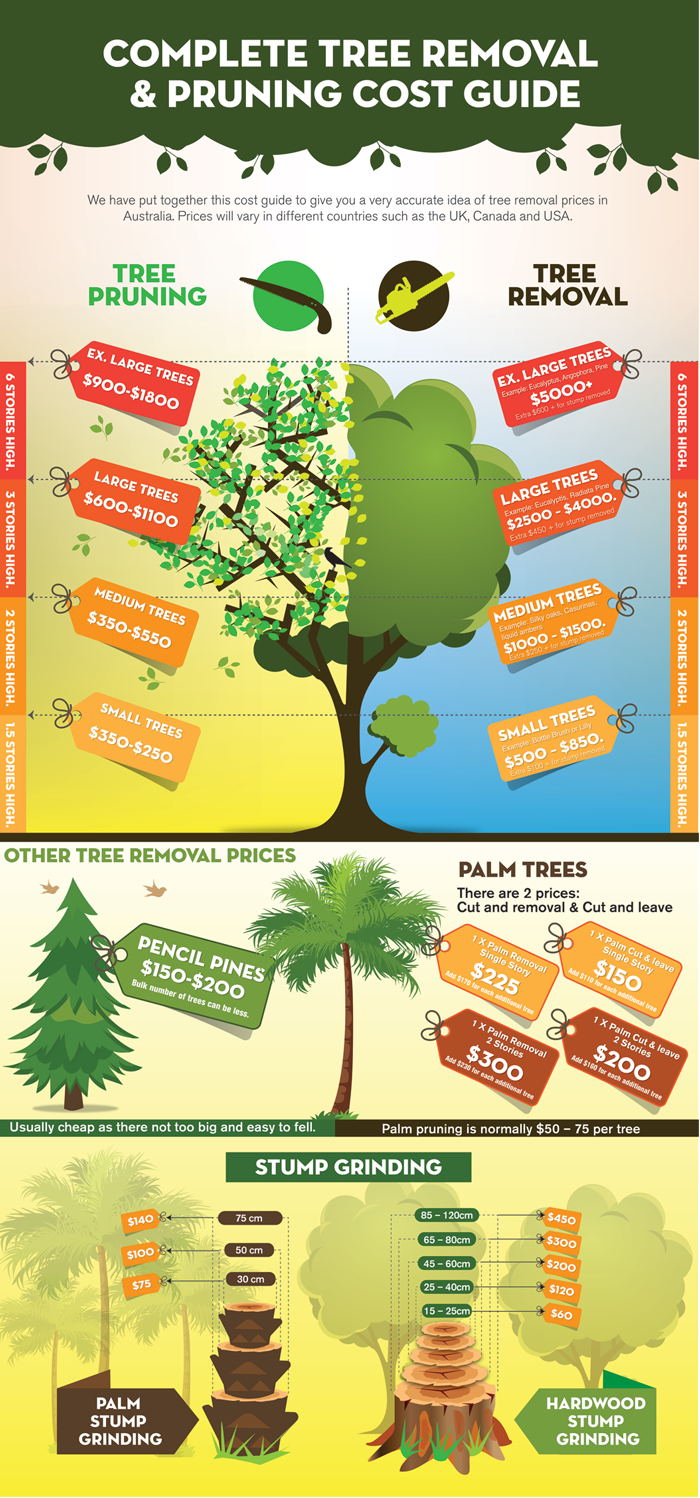Tree Conservation: Indicators That Indicate The Need For Elimination
Tree Conservation: Indicators That Indicate The Need For Elimination
Blog Article
Short Article By-Dalby Goldman
If you've ever wondered about the destiny of the trees on your building, recognizing when it's time for removal is critical. However how do you establish if a tree can be conserved or if removal is the only choice? By searching for particular indicators and assessing security risks, you can make educated decisions that profit both your landscape and your environments. Allow's check out the essential variables that enter into play when deciding the destiny of a tree and how you can make certain the most effective result for your environment-friendly buddies.
Signs of Tree Decline
If you notice any of the following signs of tree decrease in your yard, it may be time to think about tree removal.
One typical indication is dead or worn out branches, which can indicate underlying issues affecting the tree's wellness. Look out for stained or shrivelled fallen leaves that linger despite having correct care, as this could be an indication of condition or parasites.
An additional warning signal is too much leaning or an obvious change in the tree's base, which might suggest origin concerns or architectural instability. Keep an eye out for fungal growth on the trunk or origins, as this can suggest rot and compromise the tree's stability.
Additionally, if you observe large fractures in the trunk or major limbs, it's essential to deal with these concerns quickly to avoid potential risks. Resolving these indicators of tree decline immediately can help maintain the safety and security and aesthetic appeals of your backyard environment.
Security Problems
To guarantee the health of your residential property and those around you, prioritizing safety problems connected to trees is paramount. Trees can position different safety and security threats if not properly maintained. Dead or worn out branches might fall unexpectedly, endangering people or harmful structures.
Leaning Prune Chaste Tree can additionally be dangerous, particularly if they're leaning towards a building or power lines. In Read Significantly more , trees with extensive origin systems near foundations or below ground utilities can trigger substantial damages gradually.
It's essential to frequently check your trees for any kind of indicators of prospective risk. Watch out for splits in the trunk, large tooth cavities, or signs of disease and degeneration. If you discover any of these problems, it's ideal to seek advice from a specialist arborist to analyze the scenario and determine the needed course of action.
Taking proactive actions to attend to safety worries promptly can prevent accidents and property damages in the future. Remember, the safety and security of your building and those around you must always be the leading priority when it pertains to tree upkeep.
Consulting an Arborist
When thinking about the health and wellness of your trees, consulting an arborist is a crucial step. Arborists are educated professionals who focus on the care and maintenance of trees. They can evaluate the total health of your trees, identify any type of concerns such as illness or architectural issues, and offer skilled suggestions on the best strategy.
By consulting an arborist, you can obtain important insights right into the condition of your trees and determine whether removal is needed. Arborists have the expertise and experience to evaluate the threats related to keeping a tree versus removing it. They can additionally use advice on alternate options, such as pruning, cabling, or bracing, to help preserve the tree whenever feasible.
Moreover, arborists can aid you browse any kind of regional regulations or allows that may be required for tree elimination. Their expertise can guarantee that the process is executed securely and in compliance with any relevant laws.
Verdict
Finally, when establishing whether trees can be saved or if removal is needed, it is essential to think about indicators of decrease and safety worries. Consulting an arborist for an extensive assessment is vital in making the most effective decision for the tree's health and wellness and possible risks. Keep in mind, proactive care and prompt action can help preserve trees and prevent mishaps.
